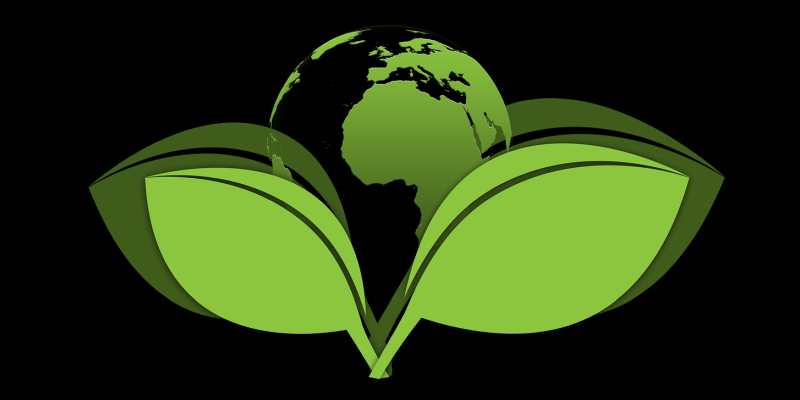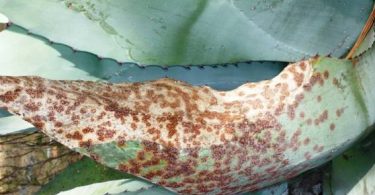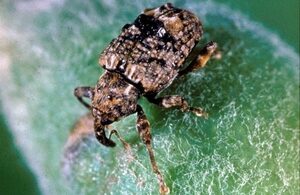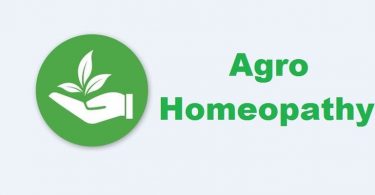Radko Tichavsky is a Czech born Mexican Agrohomeopath. He is a co-founder and director of Instituto Comenius in Mexico and author of Handbook of Agrohomeopathy, 2007 (Spanish) and Homeopathy for Plants, 2009 (Spanish) and creator and teacher of Holohomeopathy.
Agrohomeopathy Course!
Radko Tichavskyi is now offering a one semester virtual course in Agrohomeopathy (in English). You can learn how to define and analyze holons and how to repertorize the specific homeopathic treatment beyond just disease or pest names. You can find out more here: www.icomenius.edu.mx
A Materia Medica and Repertory for Plants: Mark Moodie hosts the website “Considera”, which provides a growing M.M and Repertory for plants and discusses resources for biodynamics and Agrohomeopathy .The website allows the world community to contribute their experiences in planting.
Dear Radko,
I live in Fremont Idaho, U.S. (ZIP 83429) where we get 19 inches of rain per year. The summer high temperature is about 82F and the winter low is 10F. My tomatoes and potatoes developed small wrinkled leaves and stunted growth. We identified the problem as mosaic virus. Can you suggest a plan of action, at least to prevent it in the futute?
Thank you
Gerda
Radko Tichavsky:
Dear Gerda,
The mosaic virus can be induced in stressed and/or highly hybridated
Plants. It can be transmitted by infected plant material (seeds, or tubers in the case of potato). The plant under optimal living conditions can eliminate the mosaic virus on its own or decrease its impact. But when re-infection conditions exist (for example, through transmissions by insect vectors (aphids or whitefly, for example) or through pruning performed with infected instruments, by contact with smokers carrying particles of tobacco infected by the mosaic virus, usually the damage is big.
The homeopathic remedies that are used in the control of mosaic virus in potatoes and tomatoes are Bougainvillea spectabilis (the remedy is made from the leaves of the plant, and is effective in both crops) In tomato you can use Kalanchoe pinnata, Phytolacca Americana, Dahlia coccinea and Stramonium, and all are used in 6-12 CH potency. These remedies are alternated with constitutional remedies Vitis vinifera 6 CH (TM made from the leaves) and Glycine max 6 CH (TM made from seeds) and Malus domestica 6 CH (TM made from the leaves). The last three remedies present high similitude and share metabolites with potatoes and tomatoes.
In the case of Vitis vinifera it contains 39 antiviral metabolites and in case of Glycine max and Malus domestica they contain 29 antiviral biochemical compounds in addition to their great similarity (number of shared metabolites) with potato and tomato.
The mosaic virus is extraordinarily stable and remains active even after 50 years of being stored in temperatures below 0 degrees Celsius, so it is important to maintain strict hygiene control and cleaning of cutting instruments, washing hands of collectors and people who manage the plants, avoid human outside visits to the crop, because people can transmit the virus on their clothing or the soles of their shoes. Aquire only certified seeds and biological material free of virus.
Application of the bionosode of the soil 6 CH, will help to improve the vitality of the microbiota in the soil and the vitality of your crops. It is also important to reduce the activity of sucking and cutting insects since they are frequently vectors of the mosaic virus in crops. For this it would be necessary to know more specifically what type of pests are found in your holon.
Mechanicist agrohomeopats generally recommend the application of Coccinella septempunctata as a remedy against sucking insects (for example against the aphids and white fly) but it is necessary to know that Coccinella septempunctata is typical for the European continent, but does not meet the criteria of belonging to the holon in the American continent, and it works only as an incomplete simillimum on the American continent,. That is to say, it momentarily repels the plague but it returns with more vigor. In America we then have to apply Hippodamia convergens 6 CH (another Coccinellid but native to the American continent) that has strong similarity links with the local holon and its effect is really powerful.
[hr]
Hello Radko,
Part of our pear crop became infected with fire blight, a bacterial disease (Erwinia amylovora). The leaves wilt and turn brown. A brownish-orange liquid seeps out of the bark. We’re trying to save the other trees if possible. We won’t spray toxic chemicals. Our orchard is in Wenatchee in North Central Washington state, U.S.
Annual high temperature: 62.6°F Annual low temperature: 42.1°F
Average annual precipitation – rainfall: 9.09 inches
Thanks!
Louis
Radko Tichavsky:
Erwinia amylovora is a bacterial condition that’s difficult to control. In the allopathic model it is usually solved by burning the infected trees 10 meters away with a sanitary fence of 1km around the orchard. There is no known effective treatment with agrotoxics. In holohomeopathy there have been successful experiences with the application of different homeopathic remedies, for example with Salicylic acid 12 CH to stimulate the systemic defensive response (SAR) of trees, Chlorine dioxide in the potency 6 CH, Psidium guajava6 CH (TM made from the leaves), Camelia sinensis 6 CH (TM made from the fresh leaves of the plant), Ginkgo biloba 6 CH (TM made from the yellowish leaves) and Carum carvi 6 CH (TM made from the seeds).
Even so, and as a precautionary measure, it is important to maintain a strict control over the dispersion of the biological material in your orchard. Burn all the prunings of the sick trees, disinfect the tools of the cut and avoid the dispersion of the bacteria through the transport of material.
[hr]
Dear Mr.Tichavsky,
Snails are eating the leaves of our strawberry crop. We live in Brentwood California (Zip 94513). We get about 14 inches of rain a year. In the summer the temperature goes up to 90F and in January sometimes down to 39F. The snails are slow moving but cause a lot of damage! Is there a safe way to solve this?
Thank you
William
Radko Tichavsky:
Snails are an important part of the holon and their role has been little understood. Snails (Helix sp. and many other species) are bioindicators and bioaccumulators of heavy metals (V, Mo, Ni, Se, Ti, Rb, Sr and Ba), radionuclides and pesticides in the soil. Applications of artificial fertilizers (which practically all contain traces of heavy elements) but also the application of composts made on the basis of animal manure vermicompost (depending on the feeding of the animals) may and very frequently do contain large amounts of heavy elements. The holon detects the contamination and sends its cleaning “troops” in the form of an “army” of snails. So before thinking about how to repel or eliminate snails with homeopathy, we must pay attention to the cause of the problem: the presence of heavy metals in the soil.
The application of slime of Opuntia ficus-indica or Aloe vera slime can be one of the appropriate ways (1 liter of slime is applied for every 20 liters of water and it is sprayed on the plants and on the soil. This has excellent chelation power on heavy metals. You can also apply tea of compost applied by spraying over the crops.
Then, as a second step, we can apply homeopathic remedies. Each of the species of snails has individual reactions (by species) with homeopathic remedies and we should know which is specifically the specie that appears in your holon of strawberries to realize the correct homeopathic repertorization. Below I send you a list of homeopathic remedies used in the different species of snails:
Aesculus hippocastannum
Anacardium occidentalis
Angelica archangelica
Argemone mexicana (from the TM made from the roots of the plant)
Azadirachta indica
Canna edulis
Chelidonium majus
Cuminum cyminum
Ficus carica (from the TM made from the leaves)
Ginkgo biloba
Jatropha curcas
Larrea tridentata
Lupinus albus (from the TM made from the seeds of the plant)
Nerium oleander
Origanum vulgare
Parthenium hysterophorus
Primula elatior
Ricinus communis
Sanguinaria canadiensis
Sapindus saponaria
Saponaria officinalis
Schinnus terebinthifolius (from the TM made from tree resin)
Solanum nigrum
Tabebuya rosea ( from the TM made from cortex of the tree)
Thymus vulgaris
The principal selection criteria in this case will be the presence of one of these plants in your holon, and metabolical similarity to the Fragaria sp. From the selected plant you prepare the homeopathic remedy to the potency 6 CH and apply it during summer and autumn once a week with slime of Aloe vera as an adjuvant.




